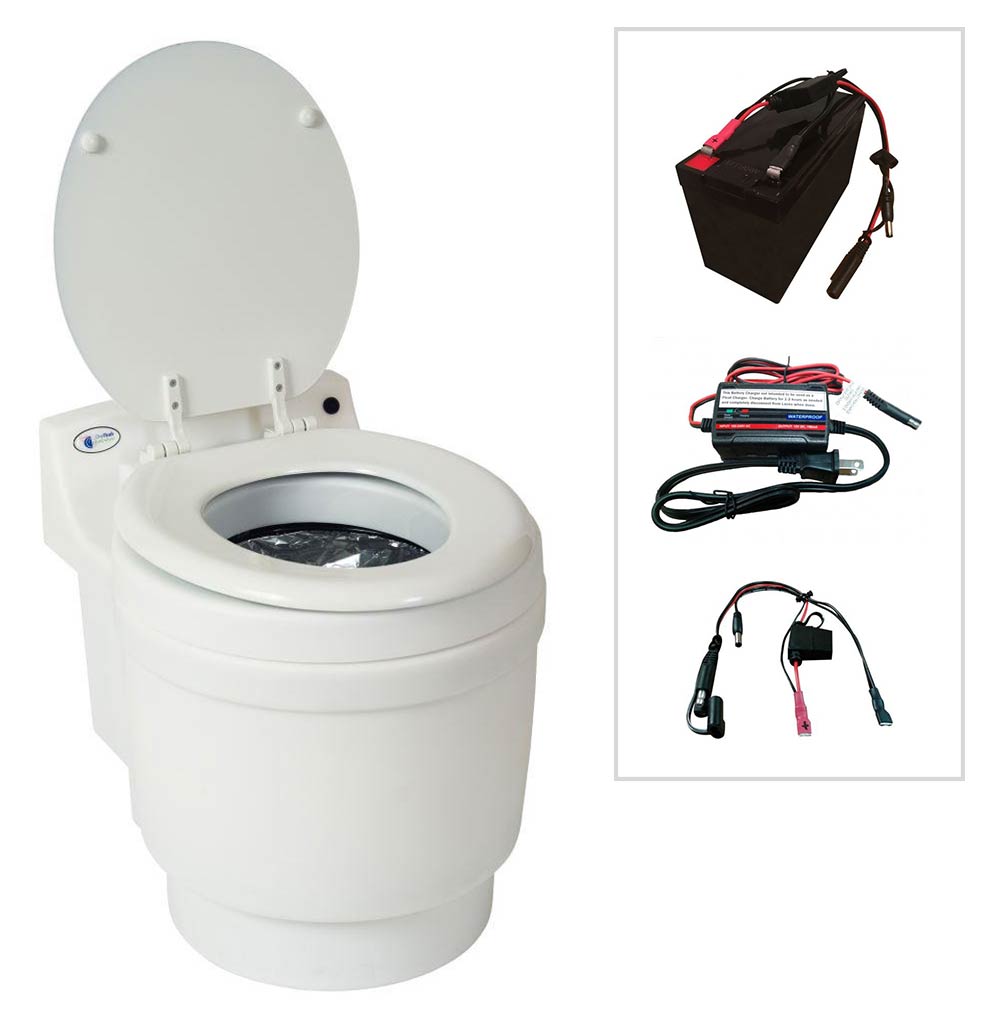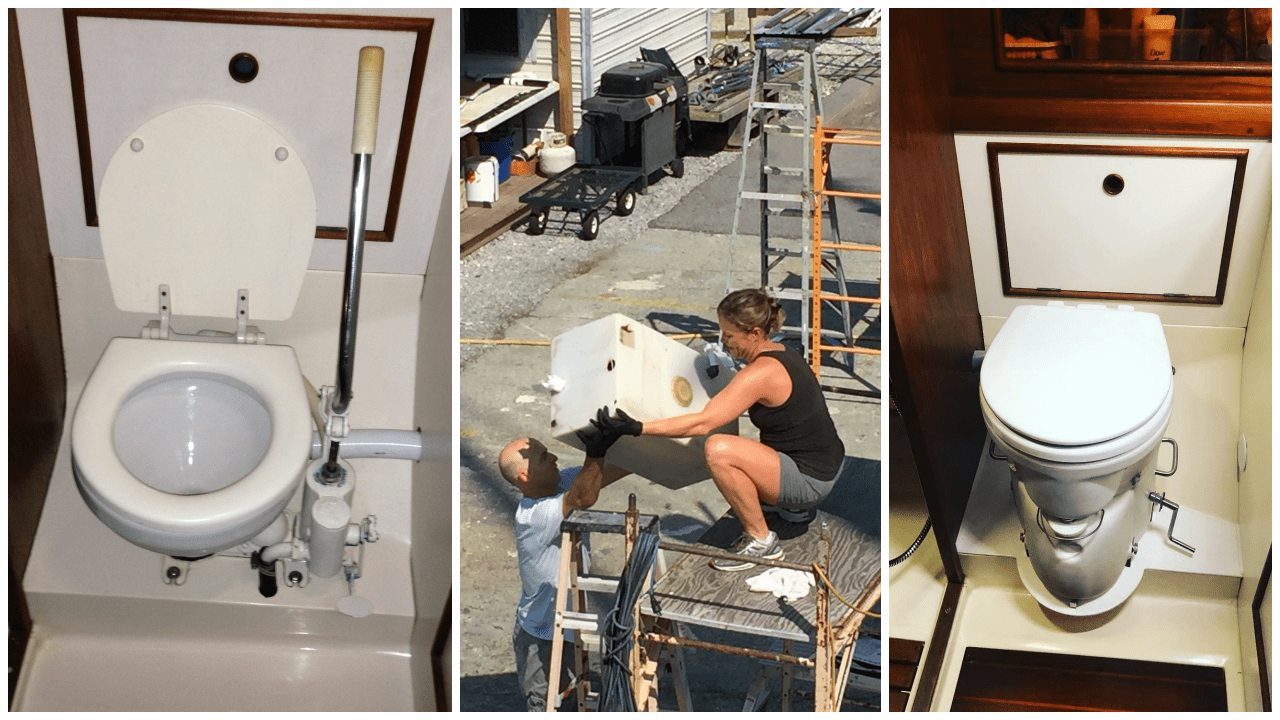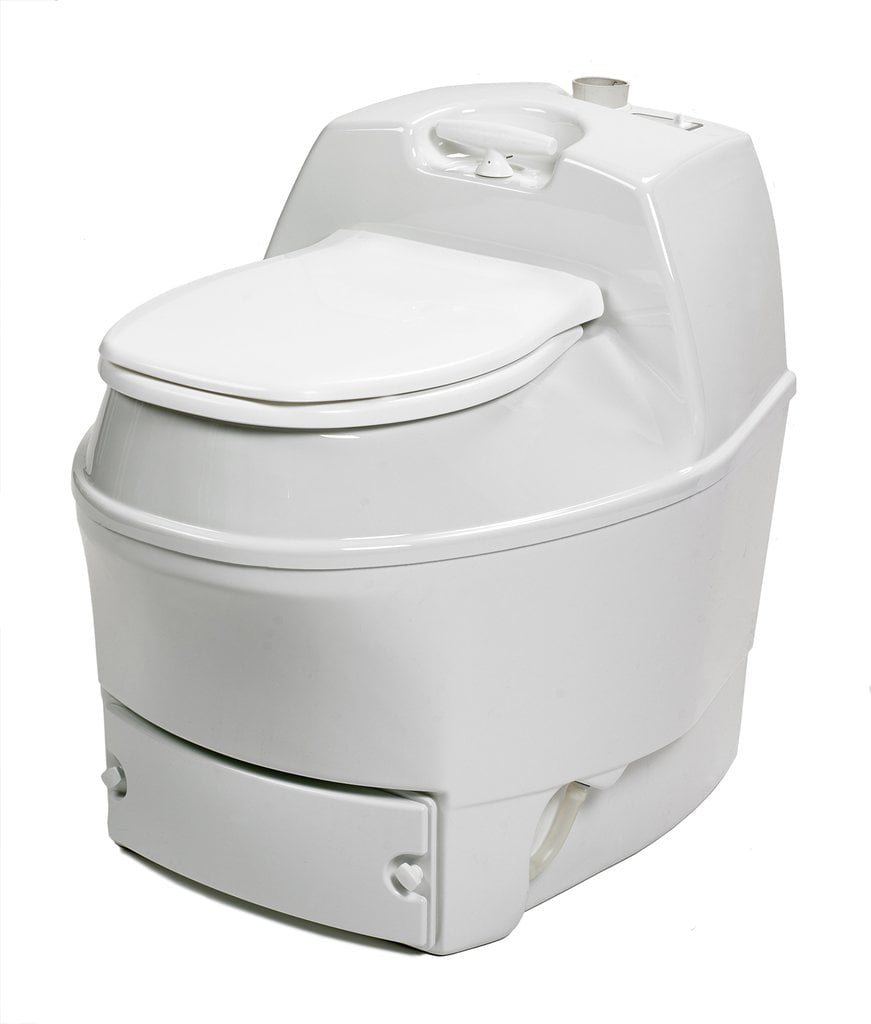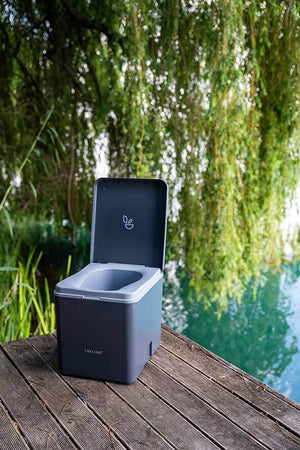In recent years, there has been a growing concern for the environment and the impacts of human waste on our planet. Traditional flush toilets use copious amounts of water and contribute to pollution through the use of chemical cleaners. This has led to the rise of composting toilets as a sustainable and eco-friendly alternative. Among these, the C-Head composting toilet stands out as a versatile and efficient option for managing human waste. In this article, we will explore the features, benefits, and FAQs surrounding the C-Head composting toilet.
1. Understanding the C-Head Composting Toilet

* What is a C-Head Composting Toilet?
The C-Head composting toilet is a self-contained unit that separates solid and liquid waste while also promoting aerobic decomposition. It is designed to function without the need for electricity or plumbing, making it a suitable option for remote locations or off-grid living. The toilet is made up of a seat, a waste receptacle, and a ventilation system that helps eliminate odors.
* How does it work?
The C-Head toilet uses the principle of dehydration and aerobic decomposition to process human waste. Solid waste is collected in a removable container, which sits below the toilet seat. The liquids are directed to a separate container where they can be drained out periodically. A ventilation system, powered by natural air currents, helps to reduce moisture and eliminate any unpleasant smells.
* What are its unique features?
One of the standout features of the C-Head composting toilet is its portability. The toilet can be easily disassembled and reassembled, allowing for flexibility in usage. Additionally, it is entirely self-contained, meaning it doesn’t require any external connections or resources to operate. The C-Head toilet also boasts a low-maintenance design, with minimal moving parts and no reliance on electricity.
Pros:
- Portable and versatile
- Self-contained and easy to maintain
- Environmentally friendly and sustainable
- No need for water or electricity
2. Benefits of Using the C-Head Composting Toilet

* Environmental Impact
The most significant advantage of using a composting toilet like the C-Head is its positive impact on the environment. Traditional flush toilets use large amounts of water, a precious resource that is becoming increasingly scarce. They also contribute to pollution through the use of chemical cleaners and the release of untreated sewage into bodies of water. The C-Head composting toilet eliminates all these negative impacts by using no water and promoting the natural decomposition of waste.
* Cost-Effective
Apart from being environmentally friendly, the C-Head composting toilet can save you money in the long run. Since it doesn’t require plumbing or electricity, there are no monthly utility bills associated with its usage. Additionally, the toilet’s design allows for easy maintenance, meaning you won’t have to spend money on costly repairs or replacements.
* Versatility
The portability and self-contained design of the C-Head toilet make it suitable for various applications. It can be used in RVs, boats, cabins, or even as a backup option during emergencies. Its lightweight and compact design also make it an ideal choice for outdoor adventures such as camping or hiking.
Pros:
- Environmentally friendly
- Cost-effective in the long run
- Versatile and portable
- Easy to maintain
3. How to Use and Maintain a C-Head Composting Toilet

* Proper Usage
To ensure optimal performance of the C-Head composting toilet, it is essential to follow proper usage guidelines. This includes using the recommended amount of organic material (such as peat moss) after each use, as well as regularly emptying and cleaning the solid and liquid containers.
* Maintenance Tips
The C-Head toilet requires minimal maintenance, but there are a few things you can do to prolong its lifespan. Regularly checking and replacing the vent fan (if needed) will ensure proper air circulation and reduce any potential odors. It is also recommended to periodically clean the toilet’s surfaces with a natural cleaner to prevent any buildup of bacteria or mold.
* Emptying and Disposal
When it comes time to empty the solid waste container, it is crucial to follow local regulations and guidelines for proper disposal. Some areas may allow for composting the waste, while others may require it to be disposed of in a designated landfill. The liquid waste can be easily drained and diluted with water before being safely disposed of in a septic system or designated area.
Pros:
- Simple usage and maintenance
- Minimal maintenance required
- Environmentally conscious disposal options
4. Comparison with Other Composting Toilets

* Nature’s Head Composting Toilet
Nature’s Head is another popular brand of composting toilets that is often compared to the C-Head. While both are self-contained and have similar features, the C-Head stands out for its portability and lower price point. However, Nature’s Head does have a larger liquid waste container, which may be more suitable for longer term use.
* Separett Villa Composting Toilet
The Separett Villa is a more expensive option, but it boasts a larger solid waste container and a urine separator, making it ideal for larger households. However, the C-Head still wins in terms of versatility and portability, as well as its low-maintenance design.
* Biolet Composting Toilet
The Biolet composting toilet offers a more traditional design, with a flush mechanism for solids and a separate container for liquids. While it does require electricity to run the ventilation system, it does have a larger capacity for solid waste and a longer lifespan. However, it is also more expensive and not as portable as the C-Head.
Pros:
- Portable and versatile
- Low-maintenance and no reliance on electricity
- Lower price point compared to other options
5. Frequently Asked Questions (FAQs)

* How often does the solid waste container need to be emptied?
The frequency of emptying the solid waste container depends on usage, but on average, it can last for several weeks before needing to be emptied.
* Can the C-Head composting toilet be used in cold weather?
Yes, the C-Head is designed to operate in various climates and can be used year-round.
* Is there any risk of odor with the C-Head composting toilet?
The ventilation system of the C-Head eliminates any potential odors, making it a suitable option for indoor use.
* Does the C-Head composting toilet require any special maintenance?
No, the C-Head requires minimal maintenance, and its simple design makes it easy to clean and maintain.
* How does the C-Head compare to traditional flush toilets in terms of cost?
While the initial cost of purchasing a composting toilet may be higher than a traditional flush toilet, the long-term savings on utility bills and maintenance make it a more cost-effective option.
Conclusion
As we become more conscious of our impact on the environment, the need for sustainable waste management solutions continues to grow. The C-Head composting toilet offers a convenient, versatile, and eco-friendly alternative to traditional flush toilets. Its unique features, benefits, and ease of use make it a viable option for various applications, from off-grid living to outdoor adventures. With proper usage and maintenance, the C-Head composting toilet can contribute to a more sustainable future for generations to come.
